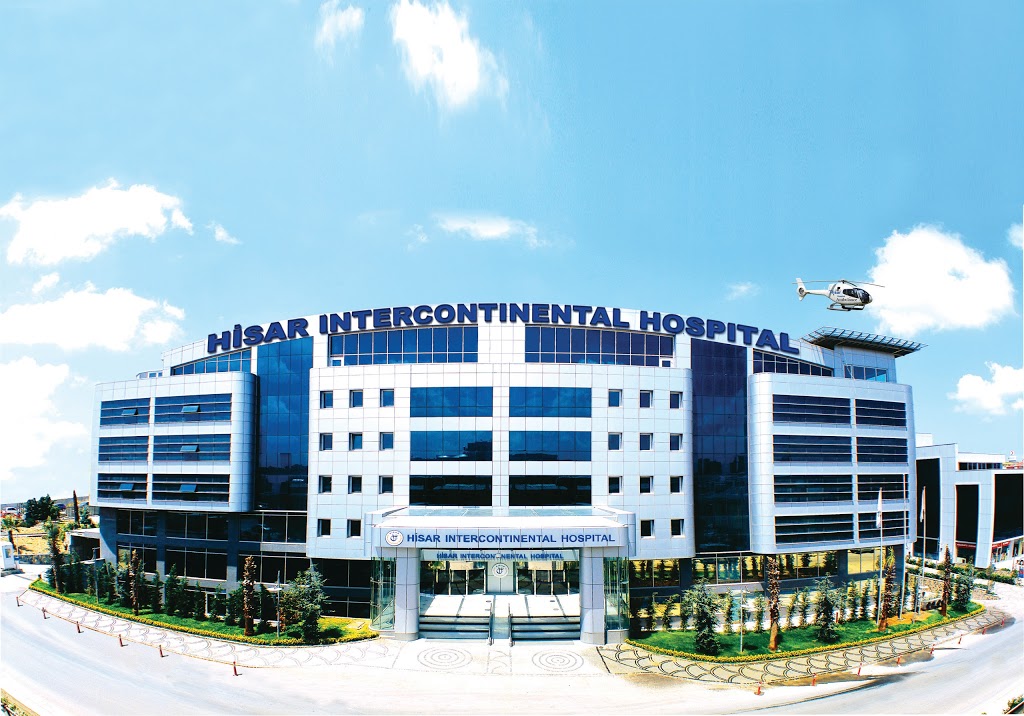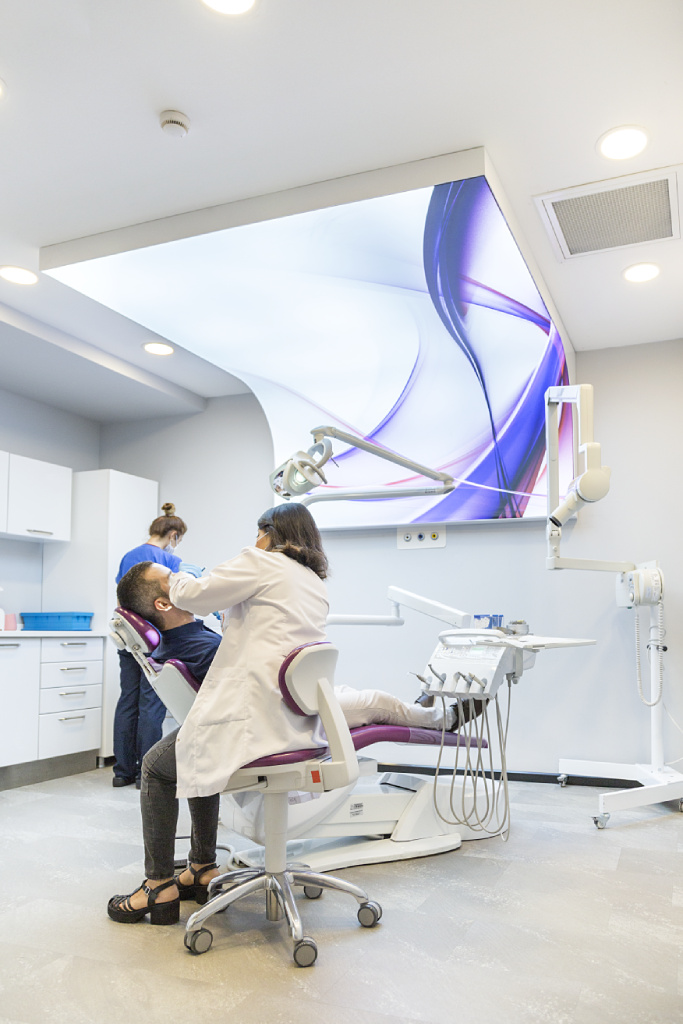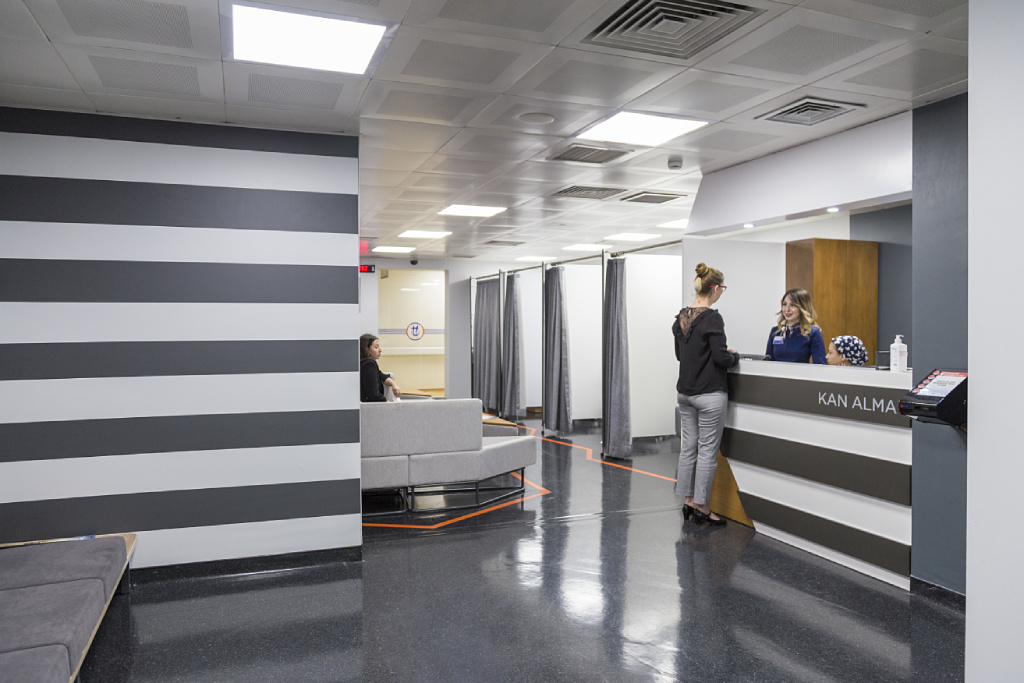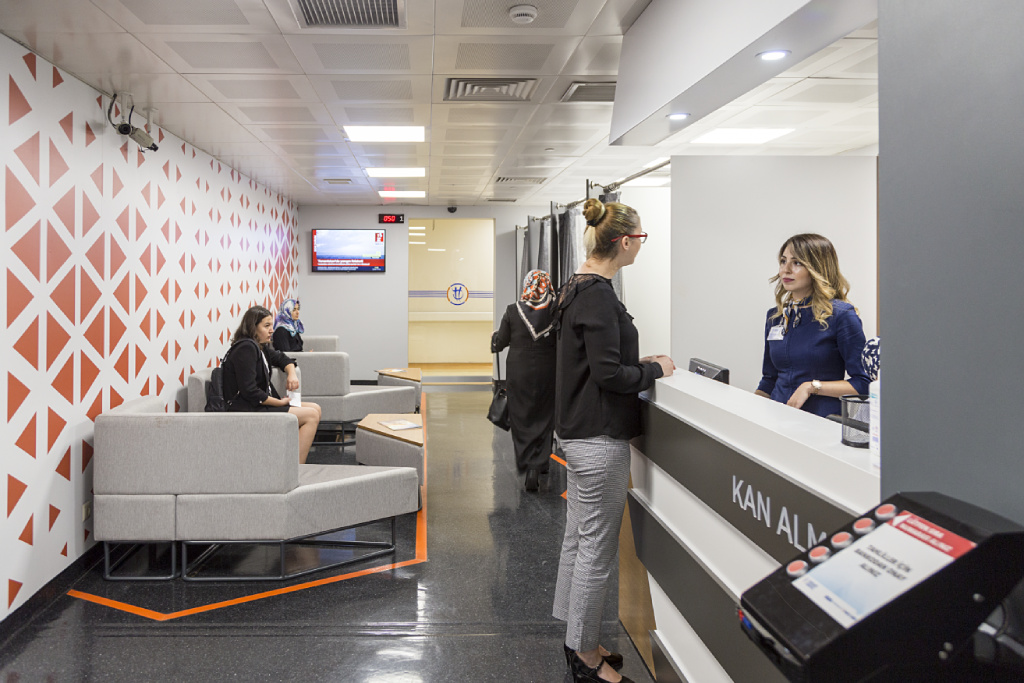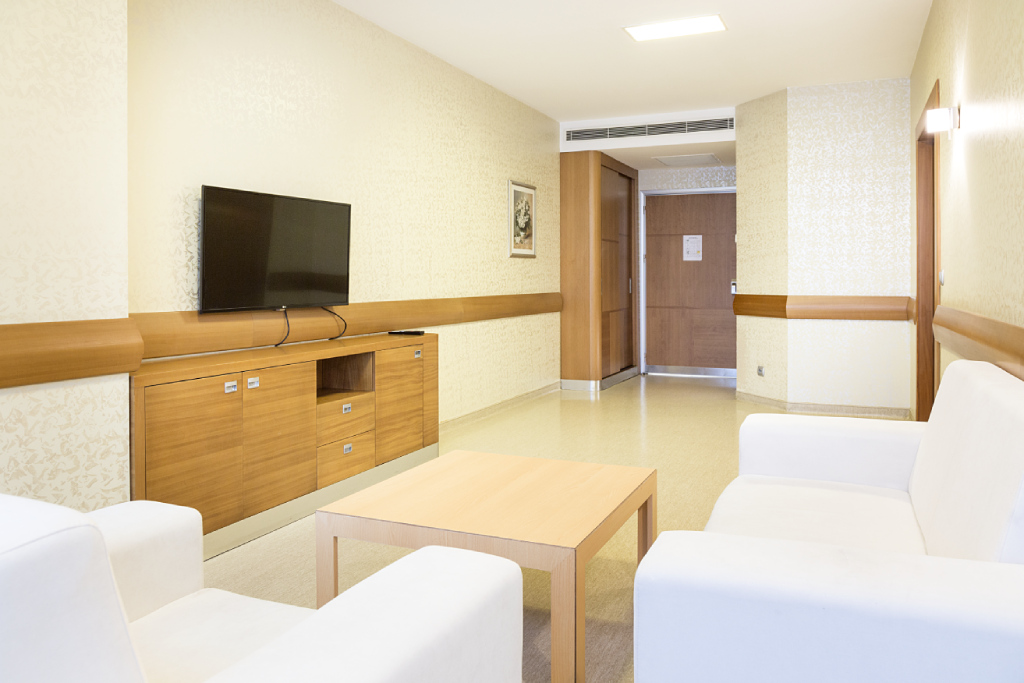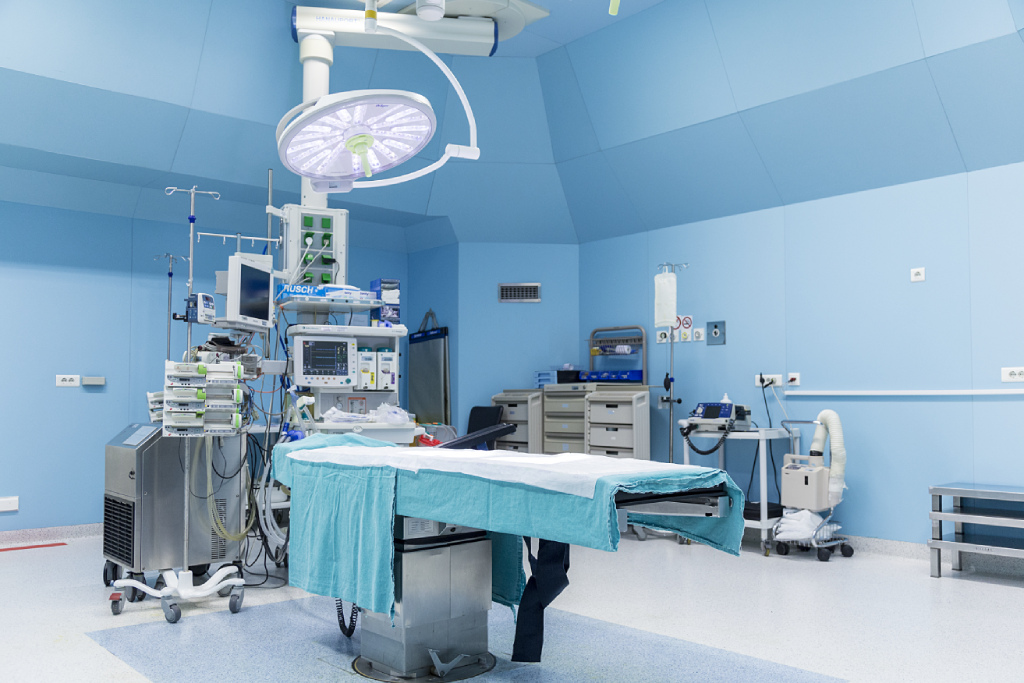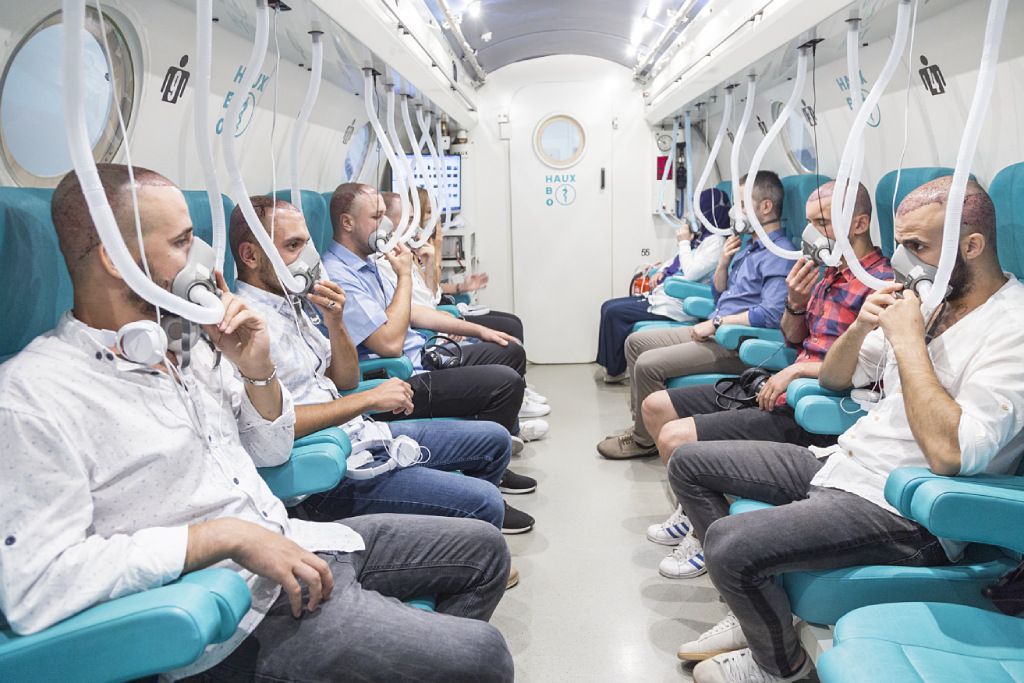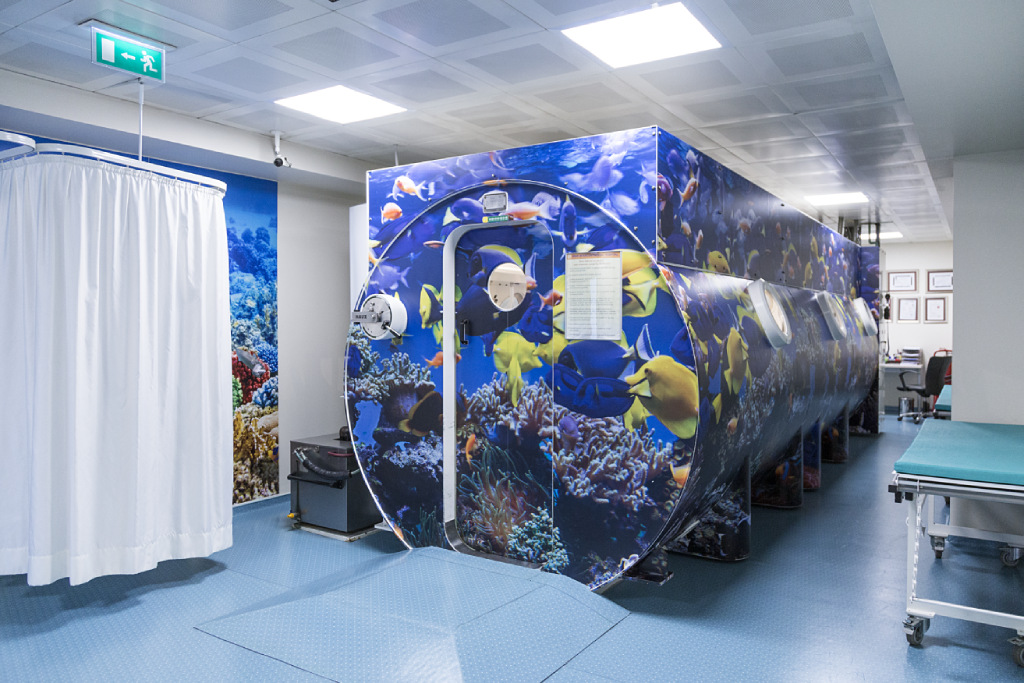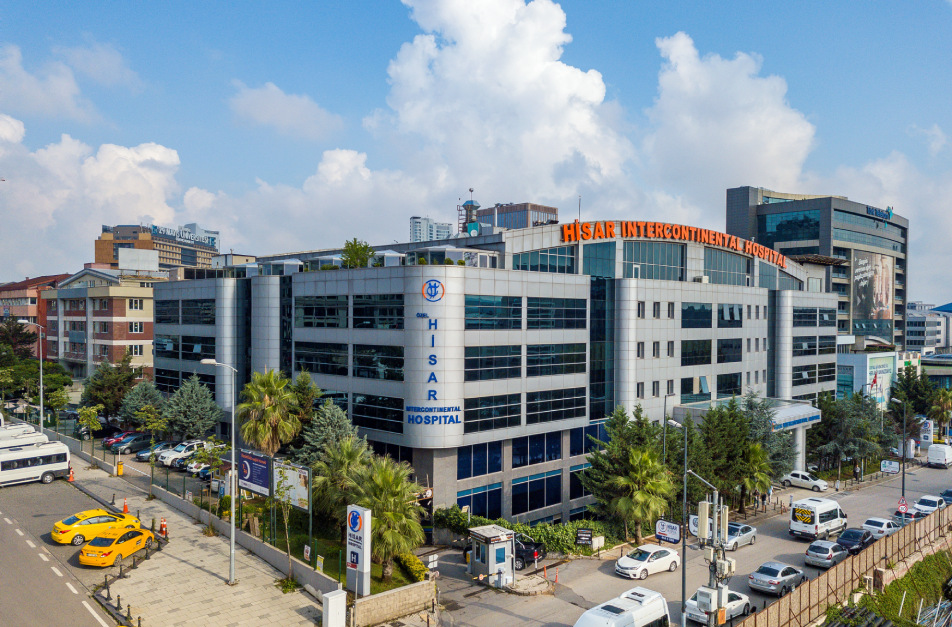Early diagnosis, person centred treatment!
Our Oncology team is committed to providing you with a comprehensive cancer management program, including prevention and early detection, treatment options, and support.
What is Leukemia?
Leukemia is a cancer that arises from the abnormal growth of blood cells, particularly white blood cells, and affects the body’s blood production system including the lymphatic system and bone marrow.
The disease is divided into acute or chronic types based on their appearance under a microscope and how the tumor develops and spreads.
Generally, acute leukemia is more common in children, while chronic leukemia is more prevalent in adults.
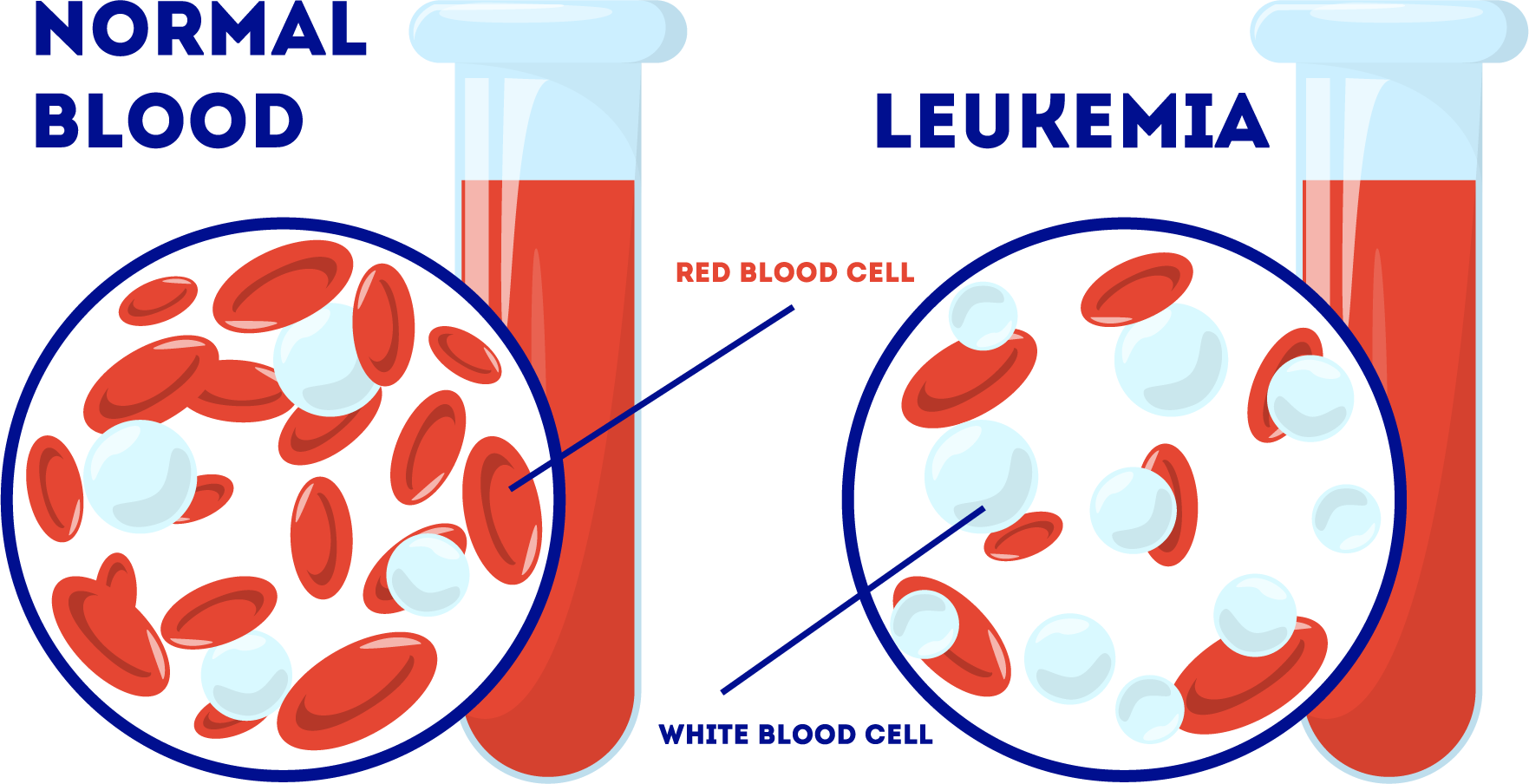
Causes
- Genetic mutations in bone marrow cells
- Exposure to high levels of radiation
- Certain chemicals, such as benzene
- Certain chemotherapy drugs and radiation therapy used to treat other cancers
- Some inherited genetic disorders
- Smoking and tobacco
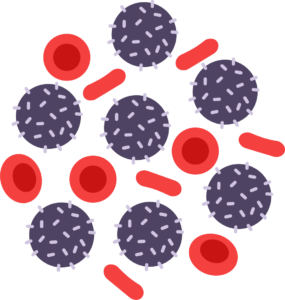
Symptoms
- Fatigue or weakness
- Shortness of breath during physical activity
- Unexplained black and blue spots (bruises)
- Skin pallor
- Slow healing of cuts and excessive bleeding
- Pain in joints such as the knee, hip or shoulder
- Mild fever or night sweats
- Pinhead-sized red spots under the skin
- Decrease in white blood cell count, especially monocytes and neutrophils
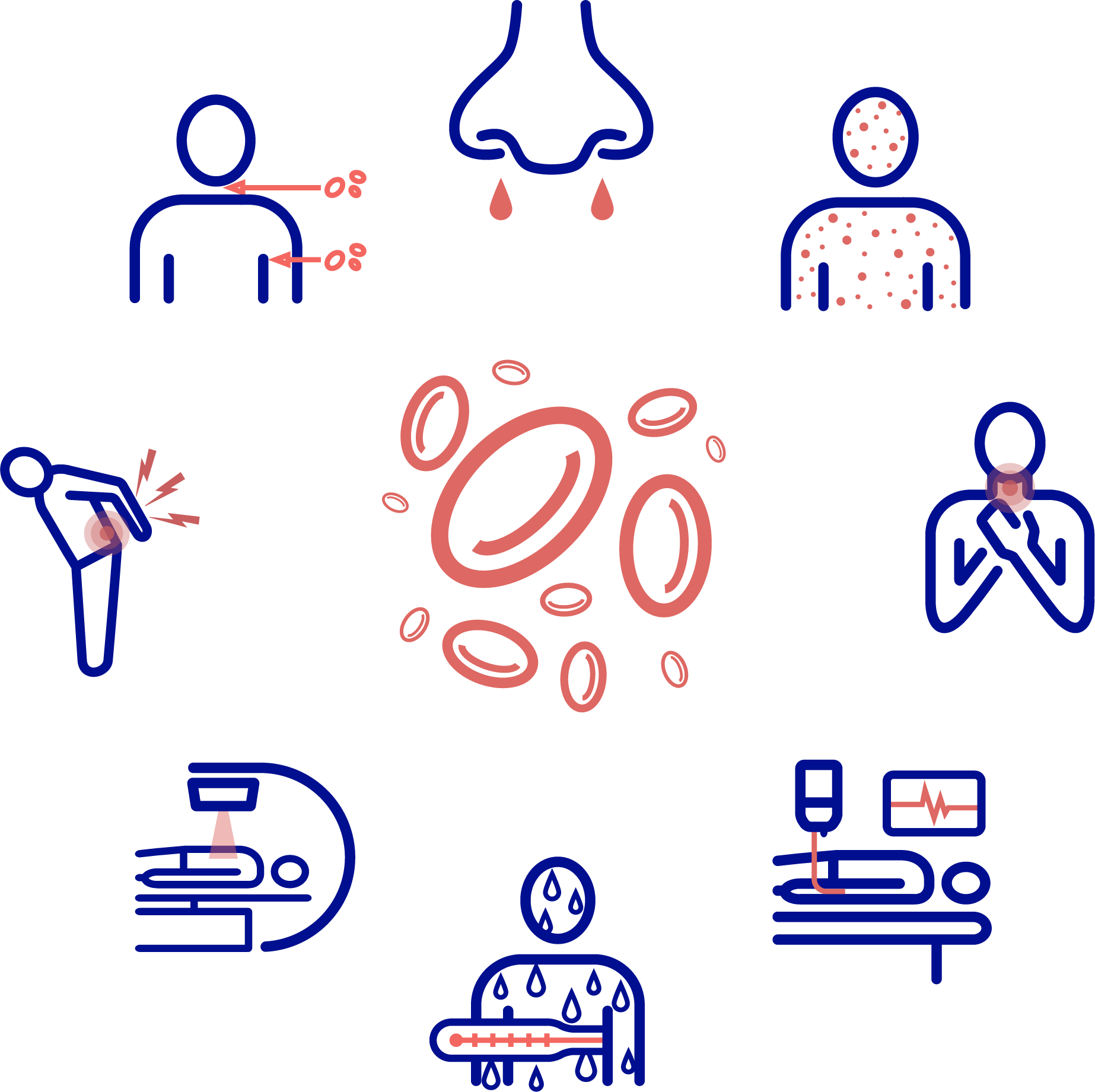
Types
- Acute Lymphoid Leukemia (ALL): A type of leukemia characterised by an increase in immature blood cells called lymphoblasts, which should develop into mature blood cells called lymphocytes. It is characterised by swelling in the lymph nodes.
- Acute Myeloid Leukemia (AML): It is characterised by a decrease in red and white blood cells called myeloblasts, which should turn into normal blood cells, and frequent infections
- Chronic Lymphoid Leukemia (CLL) : The leukemia cell that starts the disease makes blood cells that function almost like normal cells. The number of red cells is usually below normal and causes anaemia. White blood cells function close to normal, but their numbers are high and continue to increase. This can cause serious problems if the patient is not treated. The white cell count can rise so high that blood flow slows down and severe anaemia develops. In CLL, cancer cells are found in the bone marrow, blood and lymph nodes and swelling of the lymph nodes occurs.
- Chronic Myeloid Leukemia (CML): It is characterised by overproduction of myeloid cells (such as white blood cells) that look mature but have lost function. This production continues until there are no normal cells left.
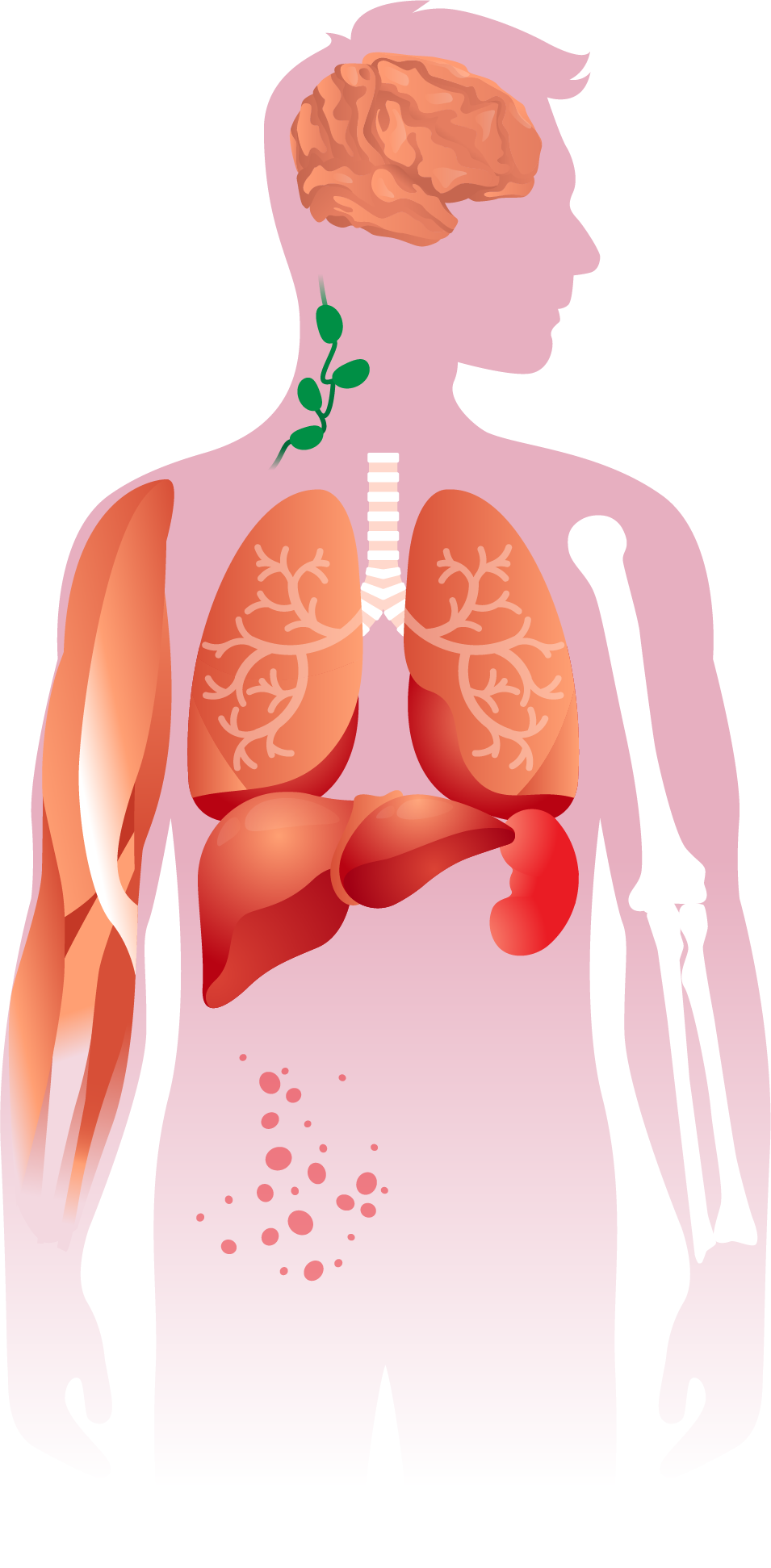
Treatment
The treatment of leukaemia varies according to the age, gender, physiological condition, type of leukaemia and how advanced the disease is. After performing the necessary examinations and tests, physicians plan the treatment by looking at the general health status of the individual. The methods generally used in the treatment of leukaemia are as follows:
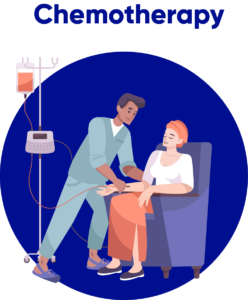
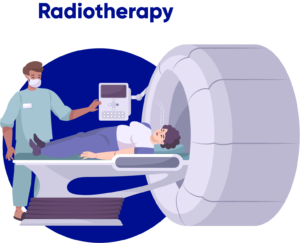
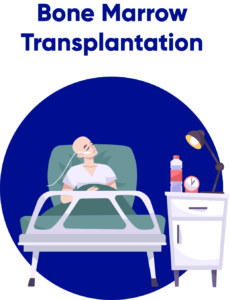

- Chemotherapy: It is a treatment method in which chemicals are used to kill cells that damage the body. It can also be administered to the patient by intravenous injection. A single drug can be used or sometimes more than one drug can be used in combination.
- Radiotherapy: Radiotherapy is a form of treatment that uses high-energy rays to damage abnormally growing cells that cause cancer. It can be applied only to certain areas of the body or sometimes to the whole body. This treatment can also be used to prepare the patient for bone marrow transplantation.
- Bone Marrow Transplantation: Also known as stem cell transplantation. The cancerous bone marrow causing leukaemia is removed with high-dose chemotherapy and radiotherapy. Then stem cells taken from a healthy bone marrow are implanted here and a healthy, cancer-free bone marrow is formed. The stem cell can be taken from the person himself or from a donor.
- Immunotherapy: Although cancer involves a system that damages the body, our immune cells may not attack cancerous cells. This is because cancer cells have a shield against immune cells. Immunotherapy eliminates this shield and tries to ensure that our immune system is activated. Thus, immune cells recognise cancer cells and can attack them.
Why choose Hisar Intercontinental in the diagnosis and treatment of oncological diseases?

- Diagnose, radiation oncology, oncological and treatment and surgery in a complex center
- “Smart radiotheraphy” the future of the treatment with MR-Linac
- Full robotic, “zero touch” and automated chemotheraphy medicine preparation
- With latest technology PET-CT device spot-on diagnose
- Digital pathology system
- Tumor council and multidisciplinary team
HİSAR INTERCONTINENTAL HOSPITAL HEMATOLOGY AND BONE MARROW TRANSPLANTATION UNIT
The Hematology Department at Hisar Intercontinental Hospital offers patient care and comfort at international standards with professional staff and state-of-the-art medical technology.
The department includes various facilities such as an Outpatient Division, HLA Typing Laboratory, Hemapheresis Laboratory, Cryopreservation, Stem Cell Processing Laboratory, Intensive Care Units, and Inpatient Patient Service.
- One of the largest units in Turkey, with 20 patient beds.
- Accurate diagnosis of diseases is achieved through bone marrow aspiration.
- Genetic tests are offered to patients to assist in the planning of diagnosis and treatment.
- The department is linked with national and international donor banks to facilitate stem cell and bone marrow transplants for patients.
MEDICAL TECHNOLOGIES
MR-Linac 1,5 Tesla
MR-LINAC is a “smart radiotherapy” method that destroys the tumour with rays by targeting with special images and measurements.
MR-LINAC, which has more advanced equipment compared to conventional radiotherapy, provides new and important gains to the patient and radiation oncologist thanks to MR (Magnetic Resonance) added to radiotherapy.
Since the MR Linac can monitor tumour movement caused by breathing, swallowing and other normal body movements during treatment, irradiation is applied directly to the tumour and healthy tissues are also protected. By identifying the most active and aggressive parts of the tumour, higher doses of radiation can be delivered to this area.
- Different dose settings can be made each time
- By following the movements of tumour tissues and internal organs, pinpoint radiotherapy can be performed
- MRI in soft tissues can instantly detect tumours and change treatment
- The tumour can be easily monitored even during treatment without markers
- Shorter treatment duration compared to radiotherapy treatments
Linac
A modern linear accelerator (Linac) is a device that generates high-energy X-rays and electron beams for the treatment of cancer patients. Radiation therapy is based on the interaction between matter and radiation. Thanks to the Simetry feature in the Elekta Versa HD device, errors that may occur during treatment can be prevented by monitoring tumour and intact organ movements. Up to 1 mm. can provide the treatment of brain tumours with special apparatus.
Thanks to the Vision RT method;
- Reliable treatment
- Preventing the risk of wrong patient and wrong site
- Possibility to monitor patient movements at any time
- No need for marking with marker
- Unmasked treatment for claustrophobic patients
- No radiation exposure
Robotic and Fully Automated Drug Preparation
While the treatment of patients in the chemotherapy unit will be carried out in a comfortable environment, the medicines prepared for the patients will be prepared by fully automatic and robotic systems in a sterile, untouched, sterile manner to protect employee and patient safety.
PET-CT
PET-CT is an advanced technological imaging method created by the combination of positron emission tomography (PET) and computerized tomography (CT) and plays an active role especially in the field of oncology, as well as cardiac and neurological disorders.
Treatment processes are carried out with a multidisciplinary approach and our center offers the most sensitive care and treatment options to the patients with malignant and benign diseases.
- One of the biggest units in Turkey with 20 beds
- Bone marrow aspiration for accurate and reliable diagnosis
- Special genetic tests for the patients
- Integration with national and international donor banks
Advantages of PET-CT
- Early Diagnosis
- Cancer Staging
- Detection Of Recurrence
- Planning Therapy
- Evaluating The Effectiveness Of The Therapy
- Safe And Painless Scanning
What Is Different In Hisar Intercontinental Hospital for PET-CT?
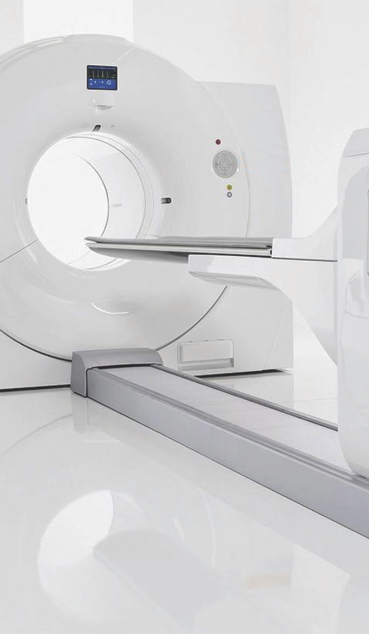
Same Day PET-CT Scanning
Same Day Result
High Definition
The PET-CT device in our hospital serves our patients with the highest resolution image available in the industry, with 95 mm3 in a 400×400 matrix recon. Thus, even the smallest details that cannot be seen in other devices are detected, contributing to the diagnosis and treatment process and helping to prevent unnecessary surgical procedures and biopsies.
Wider Gantry
Our device, which was developed considering overweight and obese patients, has a 24 percent wider gantry than other manufacturers. The larger space is also an advantage for people with claustrophobia.
Low Radiation, High Speed
Our PET-CT device, which works with lower dose radiation, not only increases patient comfort, but also detects abnormalities such as cancerous cells by scanning the entire body with maximum speed and sensitivity.
Diagnosis with less radioactive material
Compared with other devices, scans can be performed by obtaining high-resolution images with a lower dose of radioactive material administered through the intravenous line.
Doctor
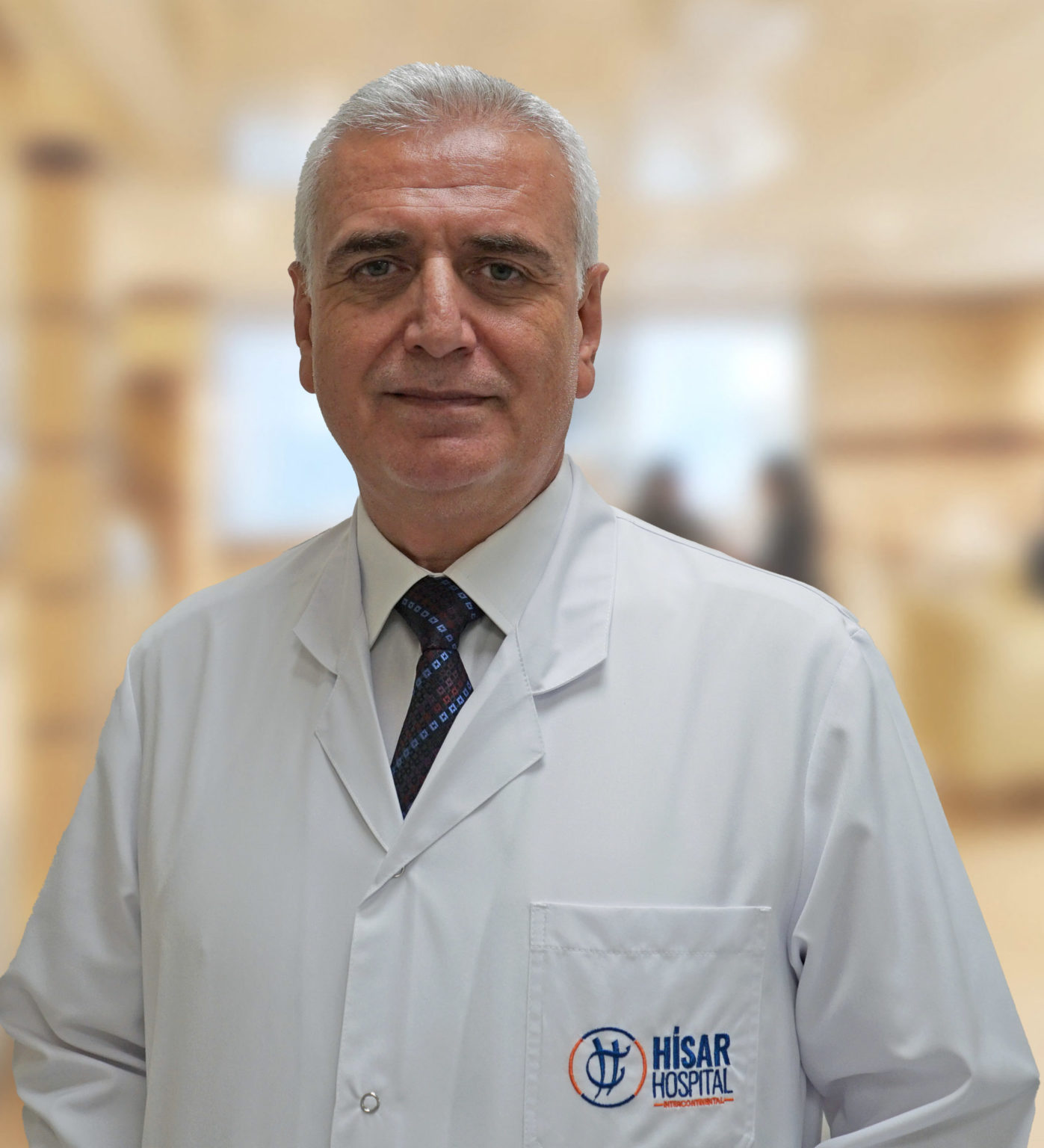
Assoc. Prof. Ali Eser, M.D.
Hematology and Bone Marrow Transplant
Assoc. Prof. Ali Eser graduated from Uludağ University Faculty of Medicine and completed his internal medicine residency training at Istanbul Training and Research Hospital. He went on to complete his hematology residency training at Marmara University.
After finishing his residency, he worked as a hematology specialist and assistant physician in charge of the adult bone marrow transplant unit for 2 years at Hisar Intercontinental Hospital. He also served as a lecturer at Bezmialem Vakıf University and Istanbul Yeniyüzyıl University, and worked as the responsible physician of the adult bone marrow transplant unit at Liv Hospital Gaziantep Hospital for some time.
In March 2022, he was awarded the title of associate professor and became head of Hematology Department.
We are here for you
Contact:
Hisar Intercontinental Hospital
Address: Saray Mah. Siteyolu Cad. No:7 Ümraniye/İstanbul – Turkey
Phone: +90 216 524 13 00
Whatsapp: +90 505 188 78 05
Email: [email protected]
Website: www.hisarhospital.com
